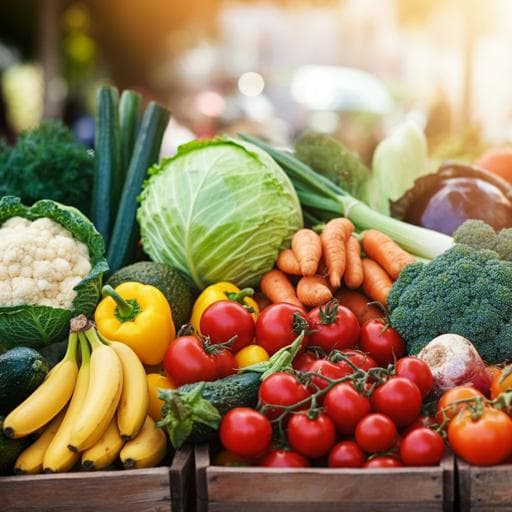
Food Science and Technology
Willingness to pay for pesticide-free vegetables in Hokkaido, Japan: the relationship between appearance and pesticide use
K. Nohara
Discover the fascinating insights from Katsuhito Nohara's research on Japanese consumers and their surprising willingness to pay for pesticide-free vegetables. This study reveals that when it comes to purchasing these eco-friendly options, consumers prioritize the absence of pesticides over their appearance, opening new markets for sustainable agriculture.
~3 min • Beginner • English
Related Publications
Explore these studies to deepen your understanding of the subject.







